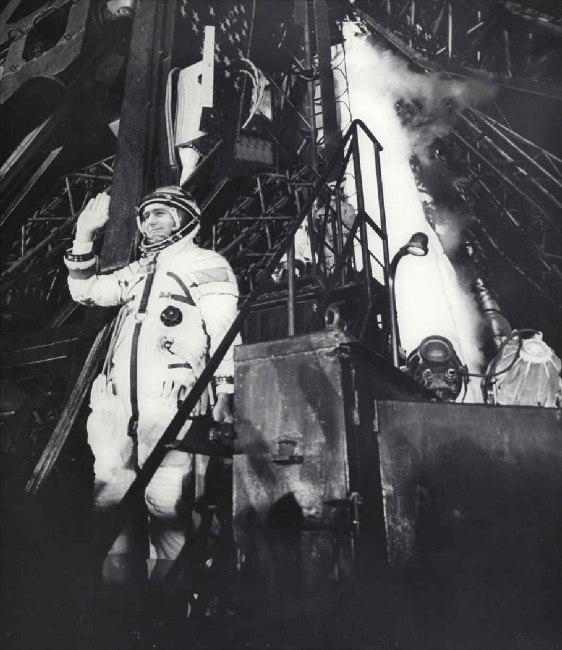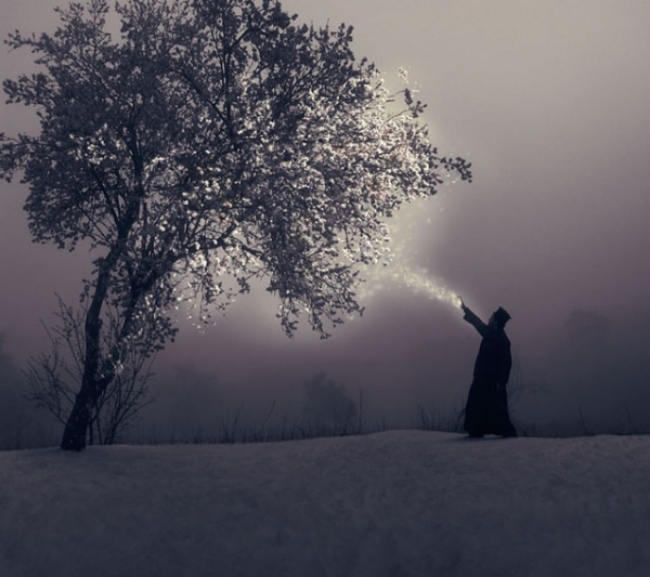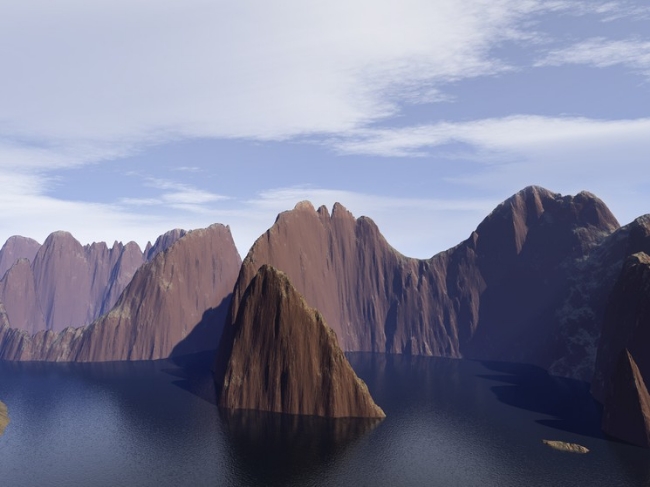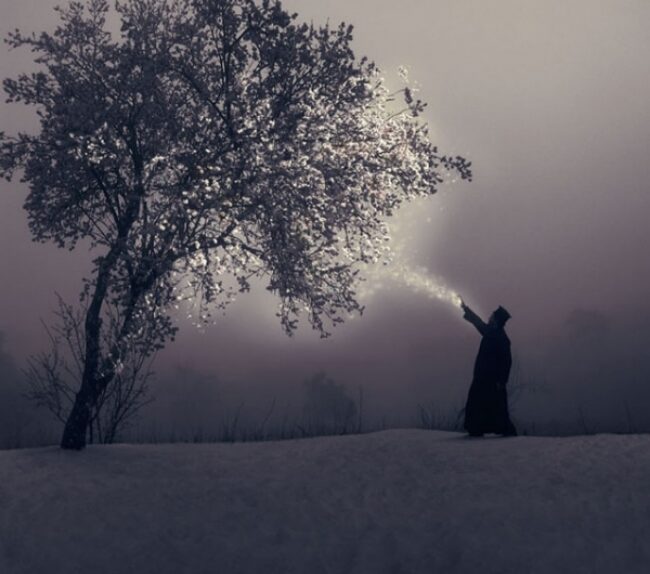There’s been a lot of discussion lately about the relationship between reality and photography. There’s been discussion about what constitutes a “photograph.” These aren’t new discussions, of course (although given Flickr’s NIPSA rules, they are increasingly personal and pertinent). These discussions make this an appropriate time to discuss the work of Spanish photographer Joan Fontcuberta.
Fontcuberta was born in Barcelona, Spain in 1955. He earned a degree in communications in 1977 and went to work in advertising. His experience in advertising combined with two decades living with the propaganda of Spanish dictator Francisco Franco seem to have given Fontcuberta a jaundiced view of the relationship between photography and truth. He states:
“Photography is one of the tools that helps us construct reality. It is not an innocent medium.”
Fontcuberta attempted a career as a documentary photographer, but “I was a bullshitter. So I thought I should work on the other side.” He has since devoted himself to creating images intended to call the integrity and authority of traditional photography into question. His work is deliberately provocative, intentionally iconoclastic, and usually tinged with a wickedly sharp sense of dark humor. He is not shy about injecting his political beliefs into his photography.
Like so many photographers, Fontcuberta prefers to create a series of images in order to more thoroughly explore the issues he finds of interest. Some of these series are very clearly products of his artistic imagination, and the photographs are obviously not intended to represent reality. In fact, they were intended to misrepresent reality.
One of Fontcuberta’s earliest works, Dr. Ameisenhaufen’s Fauna, was a spoof of scientific discoveries. The photographs (along with drawings and sketches) were originally released as illustrations for a serious piece of journalism examining the life and career of the fictional Dr. Ameisenhoufen and his amazing discoveries. These included a monkey with a unicorn-like horn on its head and a sort of rodent with a snakelike tail and webbed feet. Dr. Ameisenhoufen was said to have mysteriously disappeared in 1955.

At first glance, the article was utterly convincing; on closer examination, it was totally obvious that it was a spoof. In later gallery and museum shows the series (and Fontacuberta himself) received criticism for calling “the authority of the photograph” into question. The series was derided more as a literary hoax than a work of visual art.
For example, for his 1997 series Sputnik Fontcuberta created a fictional narrative about a Soviet cosmonaut named Ivan Istochnikov who, along with his canine companion, Kloka, went missing in space. The narrative included Soviet publicity stills, childhood snapshots, and similar images, as well as the allegation that when the Soviets were able to rendezvous with the spacecraft, they “found only a vodka bottle containing a note, floating in orbit outside the empty, meteorite-damaged ship.” It was all fake, of course; Ivan Istochnikov is a Russian translation of Joan Fontcuberta (who posed for the photographs).

The publication and exhibition of Sputnik was taken as a serious exposé by some. There was some discussion that the Russians might make a diplomatic complaint against Spain, though it never came to anything. There are still occasional references on the internet and in conspiracy theory circles to the missing Soviet cosmonaut Ivan Istochnikov.
Another example: Fontcuberta’s recent series Karelia: Miracles & Co was created as a faux photo-essay that exposed an isolated sect of monks living on the border of Finland and Russia. These monks were said to have developed and taught a fraudulent “course of interdenominational miracology.” The ‘miracles’ the monks taught, according to the essay, were apparently real but totally useless.

Fontcuberta enjoys finding technology created for one purpose and using for a totally different purpose. For example, his Orogenesis series uses software developed by the military to render a three-dimensional terrain image based on scanned two-dimensional photographs/maps (you scan a flat satellite image of a valley, and the software will create a 3D version of the terrain suitable for training pilots to fly through the valley). Instead of scanning satellite photographs or maps, though, Fontcuberta scanned paintings by such disparate artists as Gainsborough, Cézanne, and Rousseau. The result were strange, three-dimensional “terrain” maps of places that don’t exist.

Fontcuberta now teaches photography in a Fine Arts program at a university in Barcelona. He has stated photography “should be taught not in fine art schools, but in philosophy schools.” He insists photography is a way of thinking more than a way of art, and he sees his role as undermining the legitimacy and authority of the photograph as a depiction of unquestioned reality.
He’s a bit of a troublemaker, Joan Fontcubert. I like that about him.

